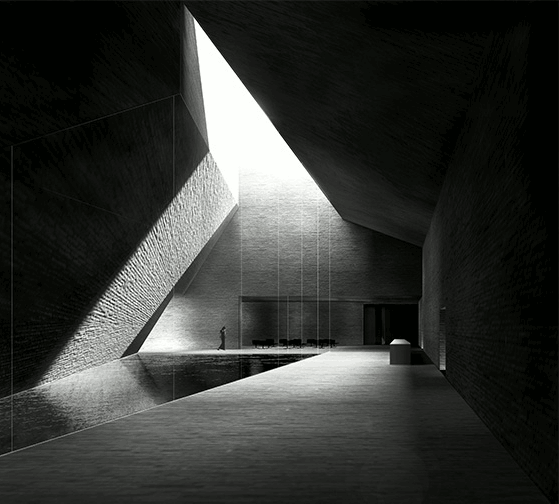
There ought to be a word for this kind of film—halfway between a sequel and a reboot—but there isn't, so we just have to call it Blade Runner 2049. The film is perhaps more subtle in the way it refers to Ridley Scott's 1982 dystopian cult classic than some recent sci-fi restorations—Star Wars: The Force Awakens, I'm looking at you—but it isn't above a bit of blatant parallelism. For example, it's easy to see reflections of Blade Runner characters in 2049: private dick Rick Deckard is now the stoic, world-weary K; femme fatale Rachael is Joi, a hologram companion who straddles the line between mortal and machine; wacky Roy Batty is the single-minded, murderous Luv; not to mention a bevy of replicants passing for humans and cops with hidden agendas. In fact, one of the few prominent characters not recast is the city of Los Angeles, whose architecture is strikingly absent compared to the first film. The resulting movie feels curiously devoid of a civic soul, which is perhaps the point.









